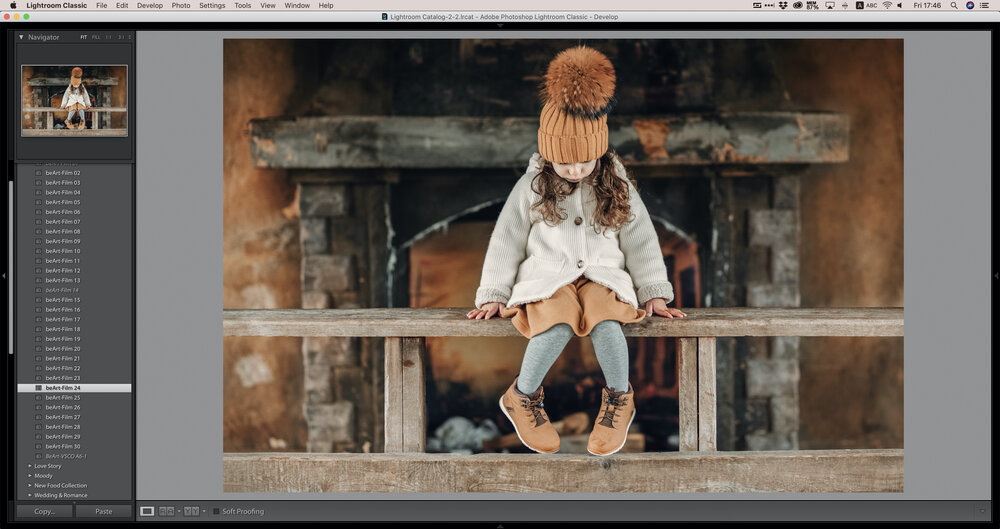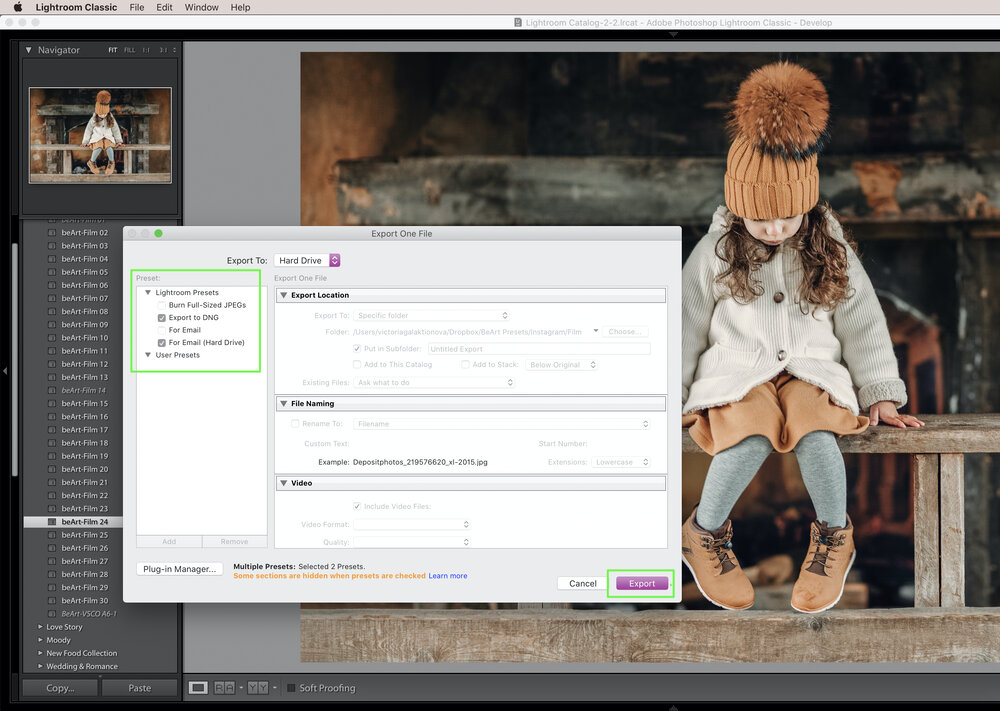[ad_1]
If you have used Lightroom, then you’ll understand that “exporting” an image is the same as saving. And when you export, the program creates new files for you that will include any adjustments you’ve made.
As of Lightroom 9.0, there’s a nifty feature that allows you to export multiple presets simultaneously. What does this mean?
-
It means that in one step, you can export the same image in two formats, rather than one stepper format. (Lightroom can export photos in various formats, including jpeg, png, PSD, tiff, dng.)
-
It’s a big time-saver for users.
Here’s how to use the multi-batch export feature
-
Select images: Start by selecting the photos you’d like to export.
-
Open export dialog box: Go to File>Export, select Hard Drive option
-
Select export presets: Next, check off preset names you want to export. (Once you’ve selected a preset, you’ll no longer be able to change it.)
-
Click export: To export, click the export button. (If any of the selected presets are set to “choose folder later,” the Folder Selection dialog box will open up for you to choose a location.)
Here’s how to create export presets
To use the new multi-batch export option, you’ll need to have export presets already created. It’s easy to create them, and it saves you time. Here’s how to create export presets:
-
Select a photo.
-
Go to File>Export.
-
Select settings from the various sections within the Export Dialog pop-up box you want to be applied to the image on export.
-
Click Add from the presets section of the dialog box.
-
Give the new preset a name.
-
Select the folder you want it to show up in and press “Create.”
Summing-up
One of the great things about using Lightroom, or even Photoshop, is how much time it can save you as a photographer when working in post-processing. If you’re a professional photographer, saving time is critical to your bottom-line profits.
When you’re using Lightroom, try to save steps and time by automating as often as you can. That means using Lightroom for all it can offer. Our blog provides readers with tips to maximize Lightroom’s potential – whether they’re a beginning or expert photographer! We encourage you to check out some of our posts to get you started.
[ad_2]
Source link




